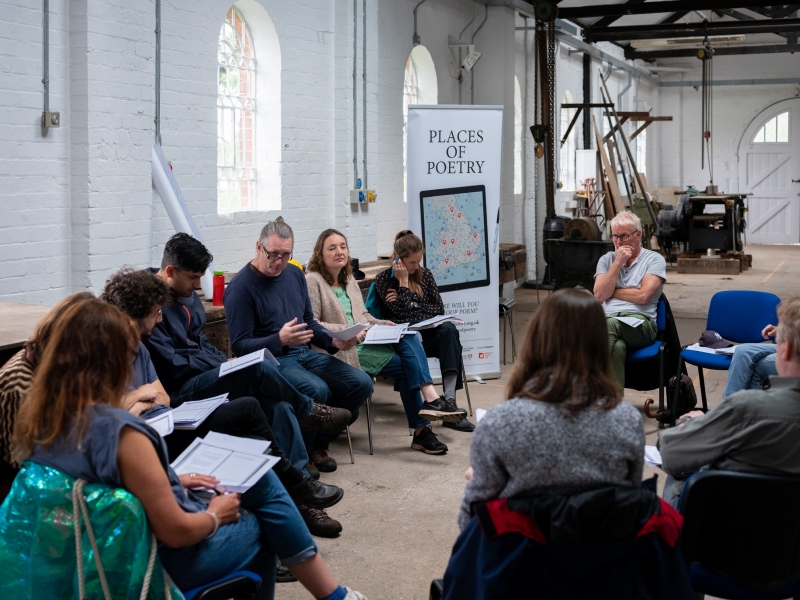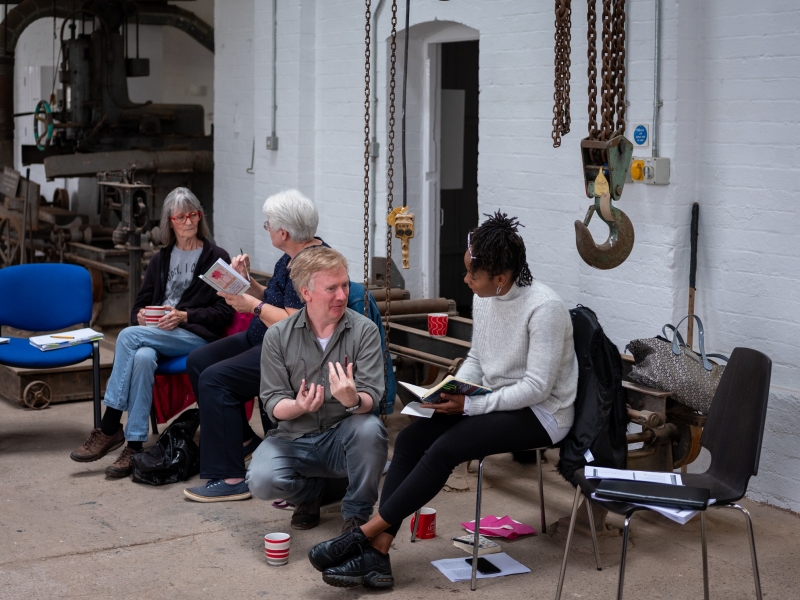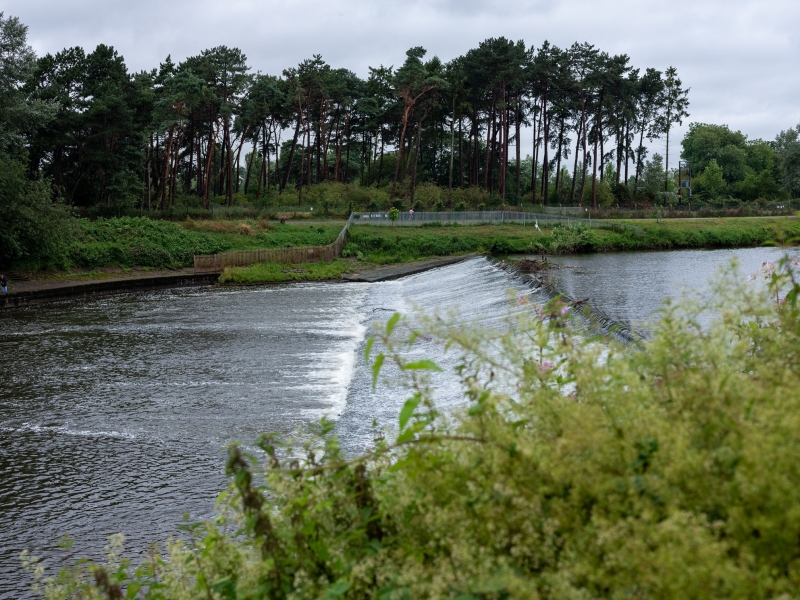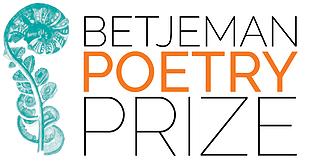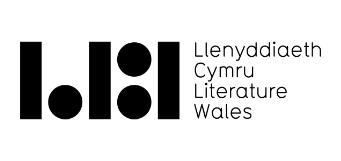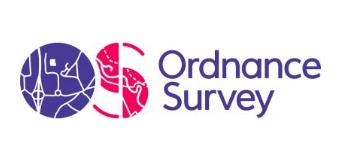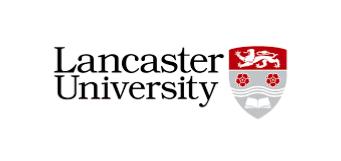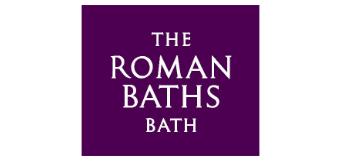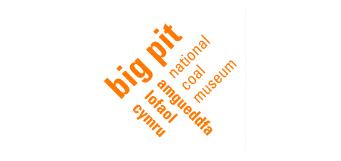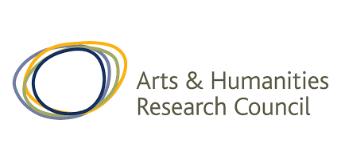Unlocking the Severn
Added: 29 August 2019
I’ve fallen for a fish just south of Worcester. Before Places of Poetry, I knew hardly anything about the shad, but one of the many joys of this project is surely the discoveries made along the way, the country growing bigger and more intricate the closer you look. Shad come in two species, Allis or Twaite, are able to move between salt and freshwater, and used to be so abundant on the Severn that they were known as the ‘May fish’, travelling upriver in their millions every spring to spawn. But walking in the rain to our midriver workshop on Diglis Island, I notice the water traffic signs—this is a landscape of locks and weirs—which hint at the shad’s demise as a visitor to these swims. The fish simply can’t find a way back to its source. We’re here as the guests of Unlocking the Severn, a project that’s attempting to do just that. Places of Poetry has tried to interpret ‘heritage’ broadly, and it’s good to be working with ecologically-focused partners. I’d always hoped one dimension of our project would encourage writers to think about the non-human, a reminder that we share this place with many other creatures. That it’s not all about us.
‘Writers’ workshop’ might bring to mind a nondescript seminar room or the back bar of a pub, but here the metaphor lands on itself: this really is a workshop, a boat repairs shed still in use as recently as the 1980s. Setting the chairs out into a ring with Alice and Lucy from Severn Rivers and the Canal & River Trust, it also feels like a noir movie, the deserted factory trope for a gangland summit or a dividing up of the loot. In the event, we attract a large and lovely group who are keen to talk and think about rivers and fish and poetry, led by the poet Isabel Galleymore (you can read her brilliant poem from the residency here). Our riparian situation offers metaphors for what we’re doing today, too, the imagination casting about beneath the surface until something bites and a line snaps taut. One of the poems we look at is Elizabeth Bishop’s ‘The Fish’ and hanging from the workshop ceiling is a chain with a huge iron hook big enough for catching ‘a tremendous fish’. The first drafts are great and will surely lead to many poems pinned to this island on our map. Later that day, I walk back along the bank of the Severn to Worcester Cathedral. I’m there during Evensong, but my mind is elsewhere, imagining the silvery shad’s ancient migration home, long before a mediaeval stone had been laid, wondering if it will happen again.
Search Poems


